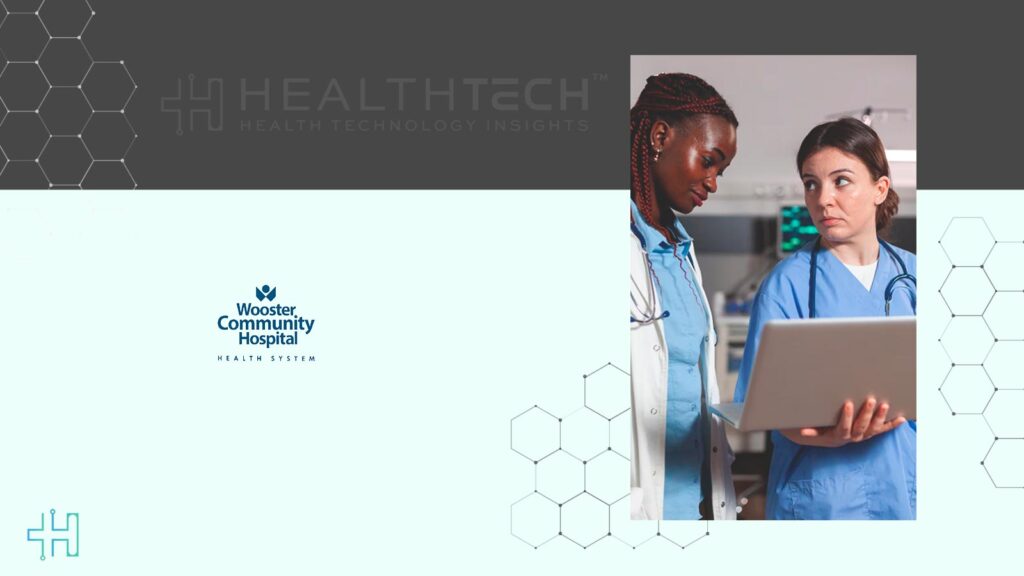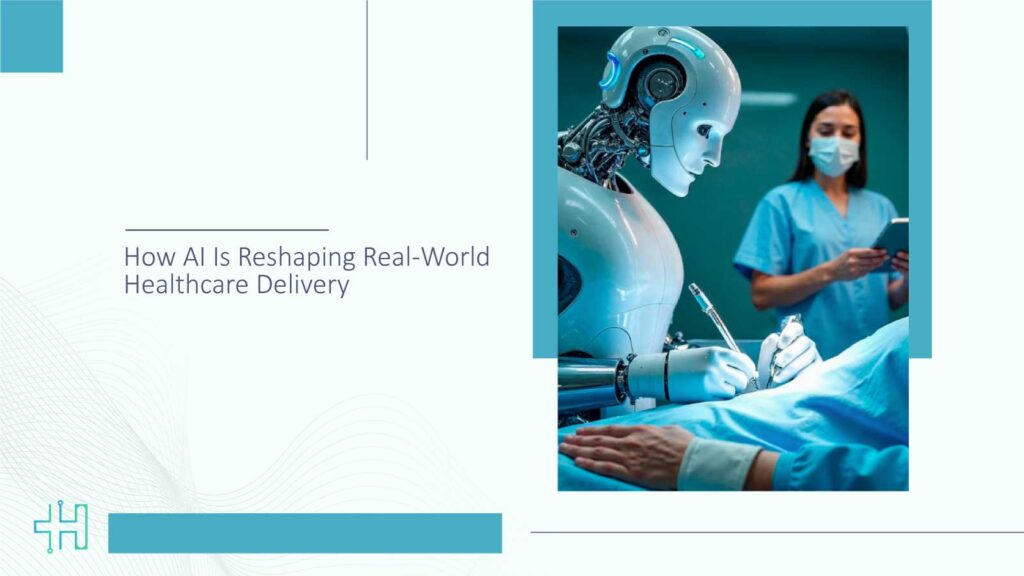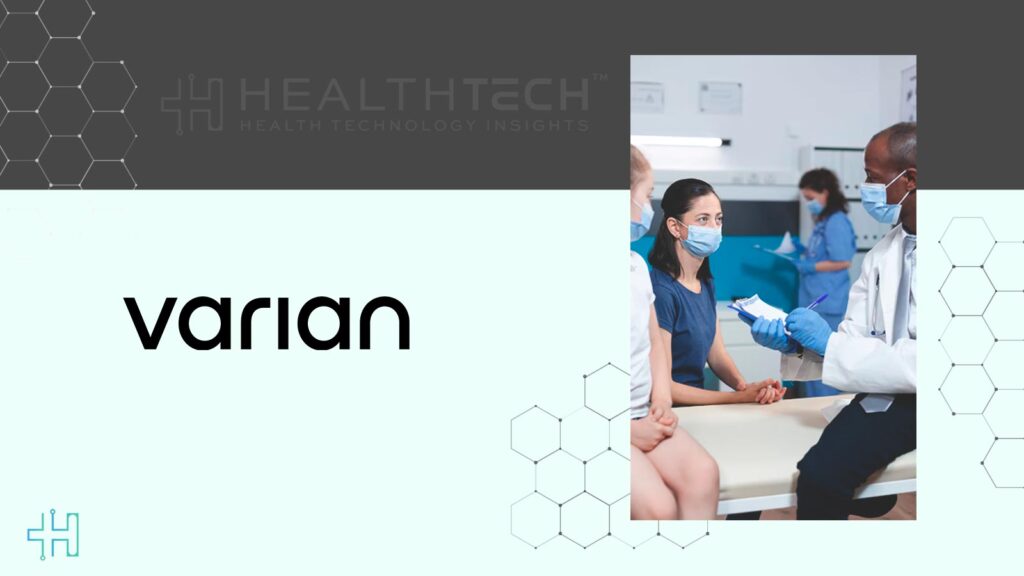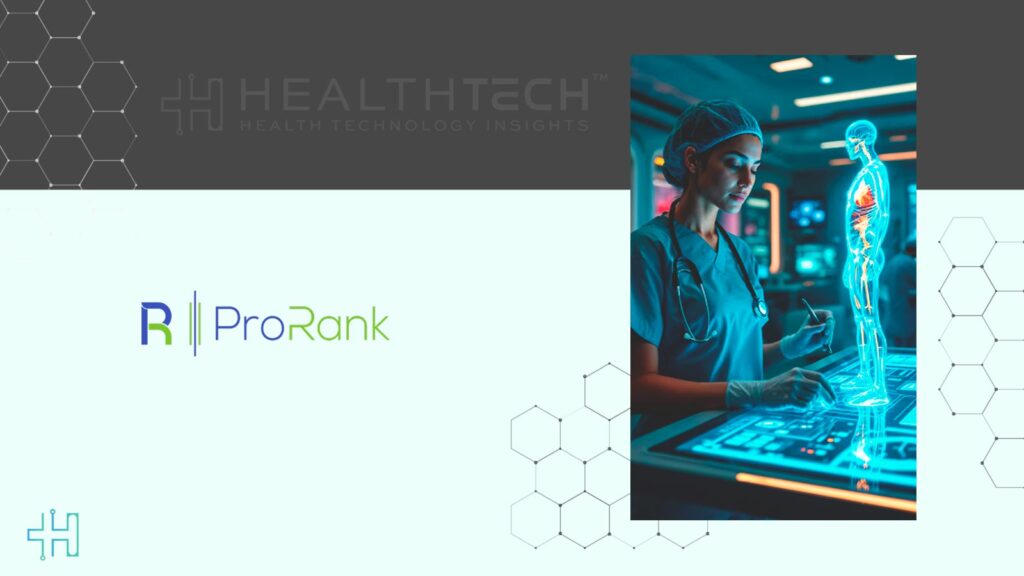Wooster Community Hospital Health System in Ohio, which includes a 173-bed hospital and several outpatient clinics, has made big strides in improving nurse satisfaction and making their work easier. After dealing with the challenges of the pandemic and issues like nurse burnout and staffing problems, the hospital’s leadership decided to take action to support their staff. They understood that nurses are essential to healthcare and began looking for ways to create a better and more supportive work environment. The hospital looked into multiple strategies, such as improving how they hire nurses, offering better benefits, and using technology to reduce the workload. Eric Gasser, RN, who is the Vice President of Information Systems and CIO at Wooster Community Hospital, said that over the years, many documentation tasks were added to nurses’ routines, often as a response to changes in regulations. These tasks were seldom checked to see if they were still important or necessary. Gasser explained, “We didn’t really take the time to go back and ask, ‘Does this question still make sense? Are nurses still the right people to answer it?’ That’s where the idea came from.”
Health Technology Insights: Charlie Health Expands Behavioral Care for Ages 8–64
To move forward, the hospital worked closely with its nursing staff and its EHR vendor, Meditech. The vendor helped the hospital join the KLAS Arch Collaborative, a group focused on improving electronic health record systems across healthcare. Using standardized surveys and shared learning, the team got a clearer picture of what nurses were experiencing, confirming what they already suspected — that nurses were frustrated with the system. The hospital decided to involve nurses directly in the process of making improvements. Leadership believed that nurses who use the system every day were the best people to identify what was working and what wasn’t. Nurses were asked to share their ideas on what felt redundant or inefficient. They used forms with specific checks for issues like repeated documentation. Each nursing unit had a lead nurse who reviewed the feedback to make sure the suggestions reflected the concerns of the whole unit, not just individual opinions. These suggestions were collected in a shared spreadsheet.
Gasser said they received about 150 ideas, which was more than expected. A team of nurses, IT analysts, and department leaders took a whole day to review and organize the suggestions into categories — such as workflow changes, EHR capabilities, regulations, or nursing leadership input. Each request had a follow-up contact, and the team started implementing changes, beginning with the most impactful ones. They made changes to 81 out of the 150 suggestions. One important part of the success was clear communication throughout the process. At first, changes were released as they were done, but this caused confusion. The team changed their approach to announce updates a week in advance, along with explanations and any training needed. This helped nurses adjust more smoothly. The hospital also created a visual tracker that showed progress, including hours saved, fewer clicks, and fewer documentation fields. The tracker was updated every two weeks to keep staff informed and motivated.
Health Technology Insights: Backpack Healthcare Wins $3Million Deal to Expand Student Mental Care
Gasser stressed the importance of being open and involved in the process. “Right after the survey came back and we found out that nurses weren’t very happy with things, I made sure to be at every staff meeting and go over the results with them. They saw that we care, that we’re here to help, and that made a big difference in the whole process. It helped build trust that we were looking out for what’s best for them.” The results of these efforts were impressive. By acting on 81 suggestions from nurses, Wooster Community Hospital saved about 1,500 hours of documentation time each year and cut down EHR clicks by 2.7 million annually. The nurses’ Net EHR Experience Score improved by over 20%, showing a noticeable increase in satisfaction.
One of the most effective changes was improving the handoff process between nurses. Meditech introduced a new feature that made it easier to pass information when a new patient was admitted. Before, this process required nurses to manually enter 29 additional fields. With the update, that information now filled in automatically, eliminating the need for manual entry. Later, during a patient’s stay, the handoff process also became more efficient, with seven fields removed. According to Gasser, “The savings from that one little thing were huge.” By working together, keeping communication open, and involving nurses in the process, Wooster Community Hospital turned nurse frustration into action and created a more efficient and supportive environment for its clinical teams. The project not only improved daily work routines but also strengthened trust and teamwork throughout the hospital.
Health Technology Insights: Vera Whole Health and Castlight Health Join with Aligned Marketplace to Expand High-Quality Care Solutions
To participate in our interviews, please write to our HealthTech Media Room at sudipto@intentamplify.com






